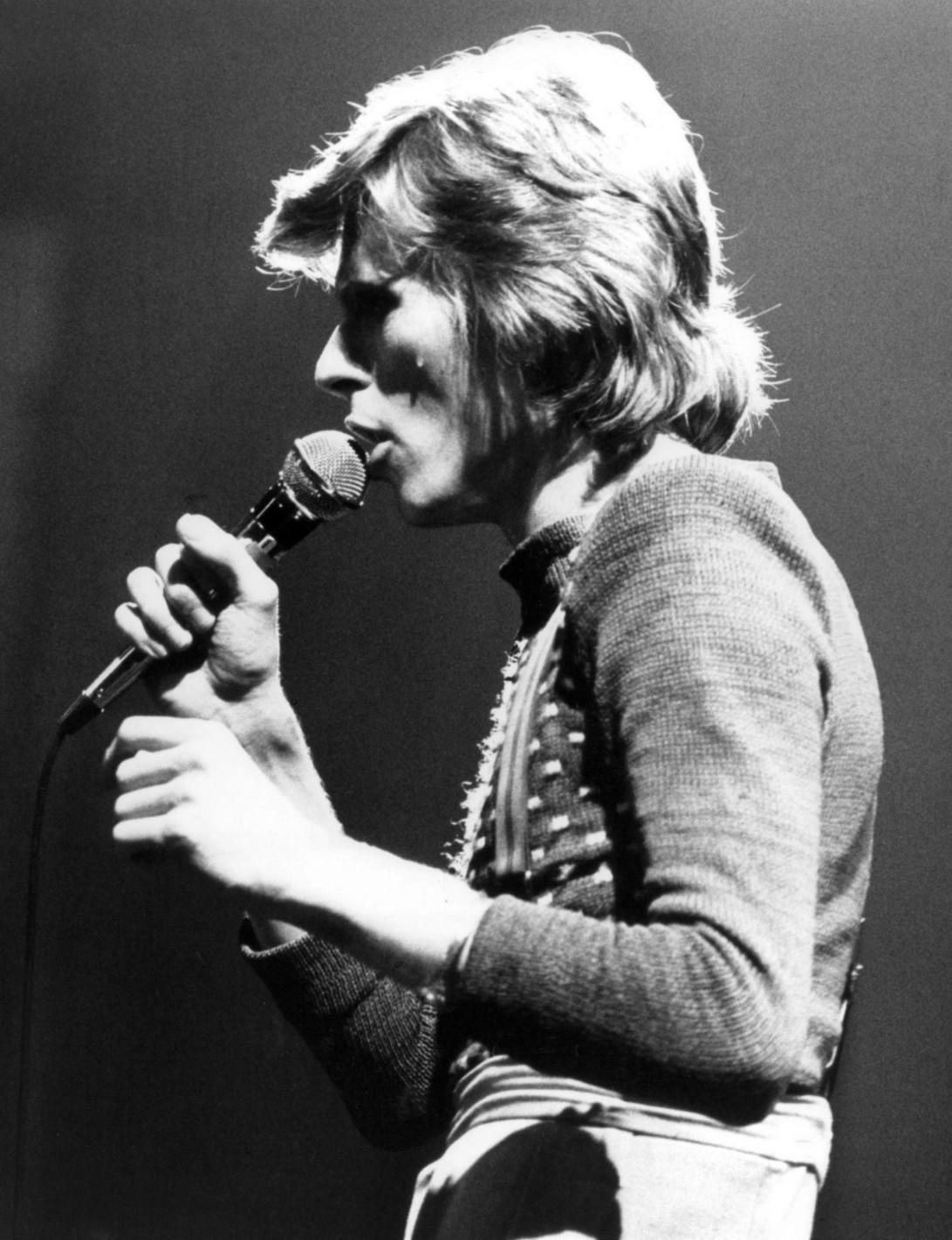Throughout history, artists have been dismissed as dreamers, their work relegated to metaphor and whimsy. But time has a way of revealing the seers among them. From painters to playwrights, musicians to filmmakers, some artists didn’t just reflect their era—they anticipated what was to come. Whether they predicted technological advances, societal shifts, or uncanny cultural developments, their work seems less like speculation and more like premonition.
Consider Jules Verne, who in the 19th century wrote about submarines, space travel, and even video conferencing before these technologies were remotely feasible. His novel From the Earth to the Moon imagined a Florida-based space launch using a cannon—a prophecy uncannily close to NASA's Cape Canaveral. Similarly, H.G. Wells’s The World Set Free envisioned atomic bombs decades before their creation, so accurately that Manhattan Project scientists reportedly studied it. These writers weren’t engineers, yet their imaginations seemed to sync with some hidden current of scientific inevitability.
In the visual arts, surrealist painter Yves Tanguy’s work looks eerily like MRI scans and fractal data visualizations that wouldn’t be developed for nearly half a century. And when you gaze at Philip K. Dick’s literary dystopias—populated with surveillance, artificial intelligence, and reality-warping media—you’d be forgiven for thinking he lived in our current algorithm-driven age. His visions have formed the spine of modern sci-fi cinema not because they're extravagant, but because they feel uncomfortably real.
Music, too, has had its prophets. In 1982, Afrika Bambaataa’s Planet Rock fused hip hop with Kraftwerk-inspired electro to create a sonic landscape that now feels like a map of future genres. David Bowie’s 1970s alter ego Ziggy Stardust warned of celebrity obsession, alienation, and the seductive danger of artificial personas. Today, in a world ruled by avatars, social media branding, and deepfakes, Bowie's performance art feels more documentary than fantasy.
Then there’s cinema. Fritz Lang’s Metropolis (1927) portrayed a mechanized urban dystopia, complete with surveillance, robotics, and class rebellion—visual tropes we now associate with our own sprawling metropolises and data economies. Stanley Kubrick’s 2001: A Space Odyssey guessed at voice-activated assistants, flat-screen displays, and orbital tourism with unsettling precision. And Ridley Scott’s Blade Runner, based on Philip K. Dick’s work, envisioned a future where identity, memory, and humanity blur in a neon-lit world we seem to be approaching.
What’s striking is not that these artists guessed right—they didn’t all. What’s remarkable is that they tuned into themes and anxieties society hadn't yet fully articulated. Their creations weren’t predictions so much as imaginative pressure tests: What happens if we keep going this way? What if we cross that boundary? In this way, art becomes not only a mirror but a radar—scanning ahead, picking up signals from the future.
We often credit scientists and entrepreneurs with shaping what’s to come, but it’s the artists who often feel it first. Free from the constraints of feasibility and funding, they explore possibility. In doing so, they chart emotional, moral, and spiritual terrain long before the rest of us arrive there physically. Artists remind us that the future isn’t just engineered—it’s envisioned, felt, and told in stories.


